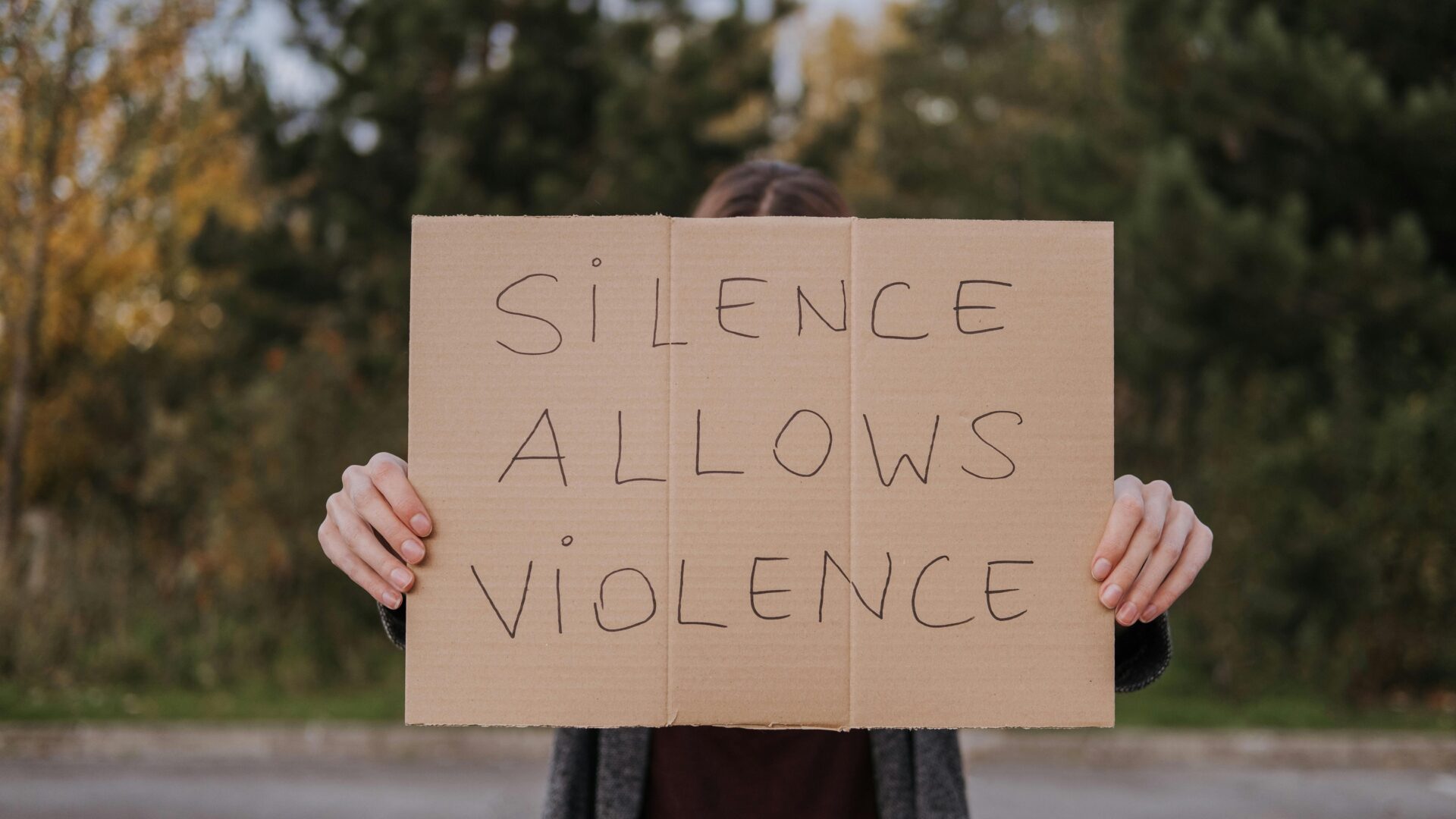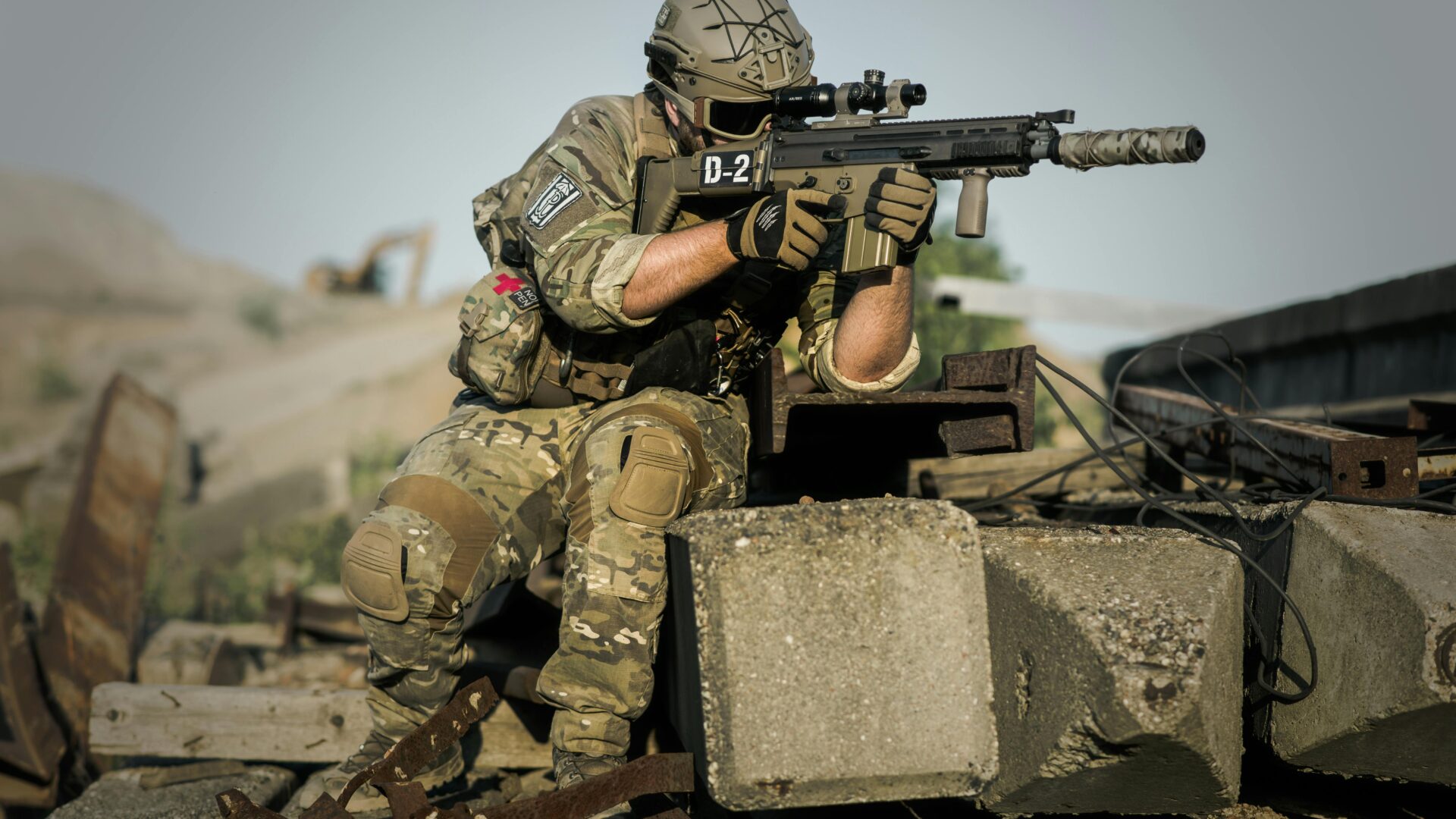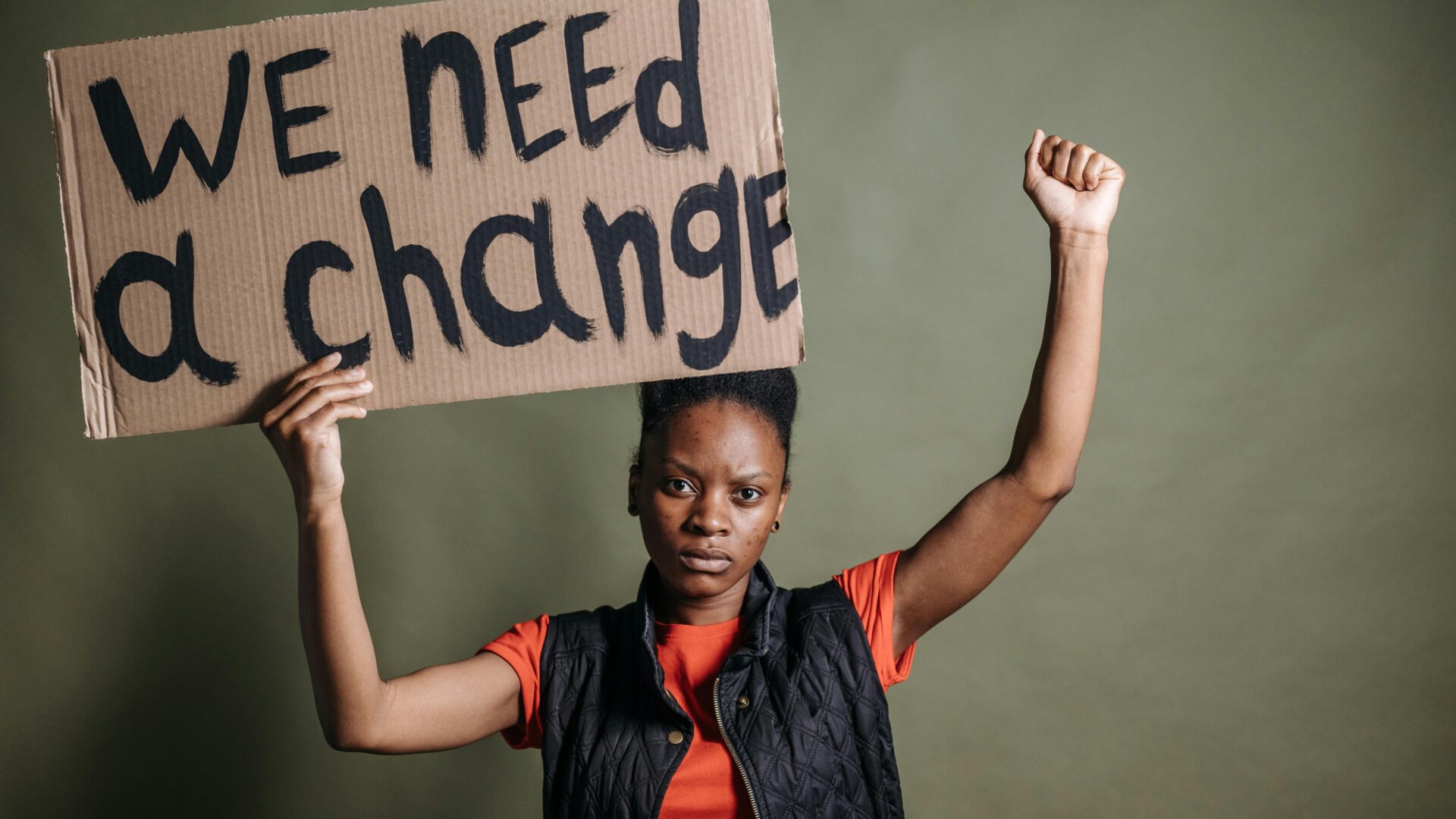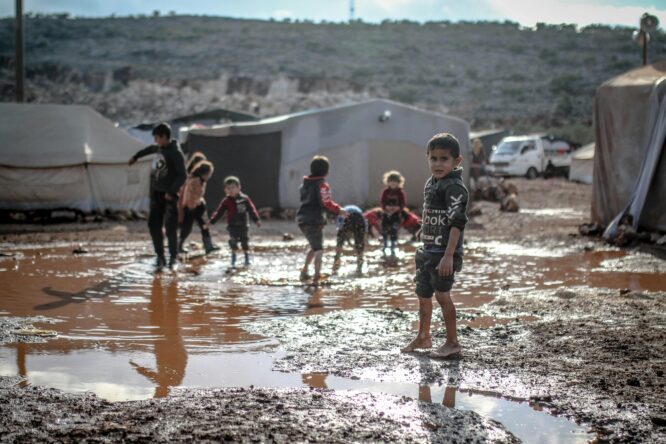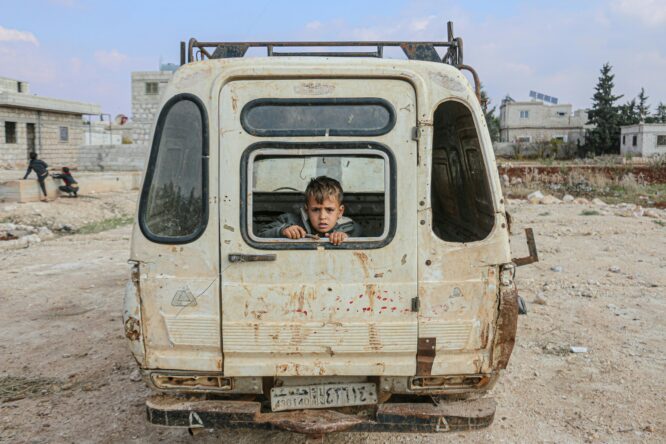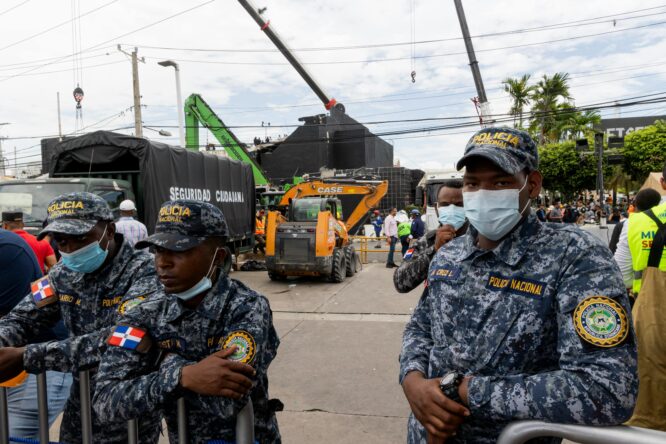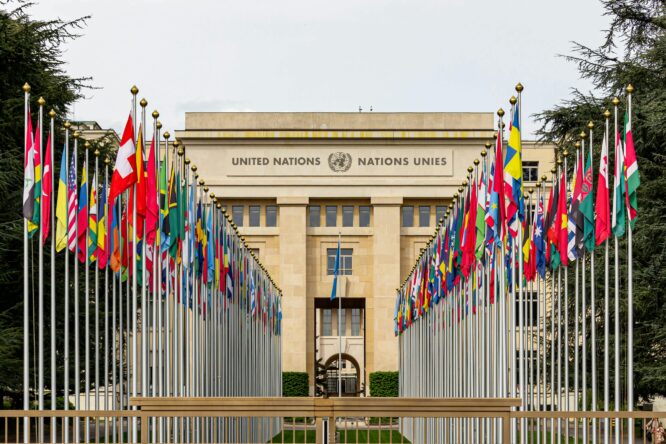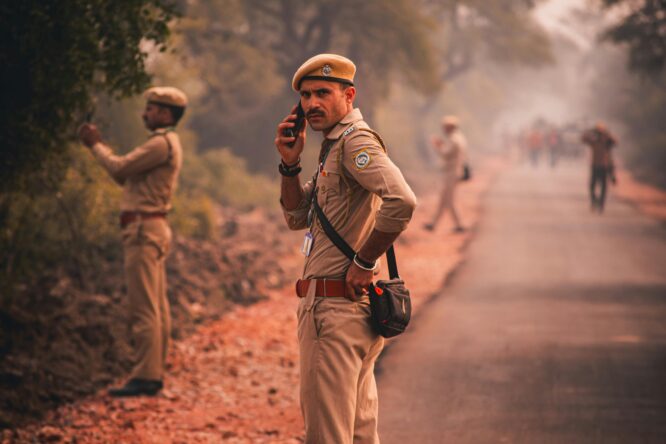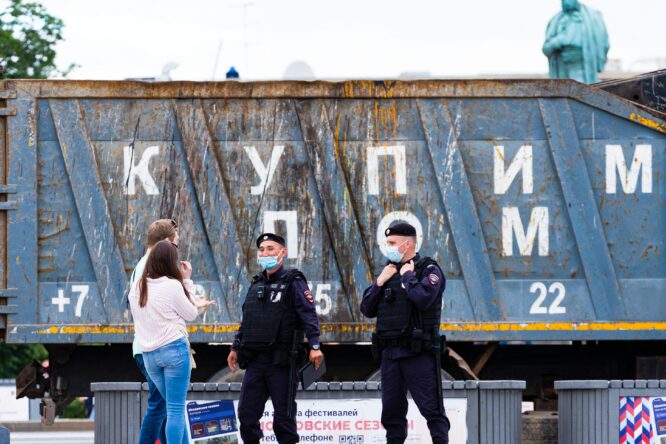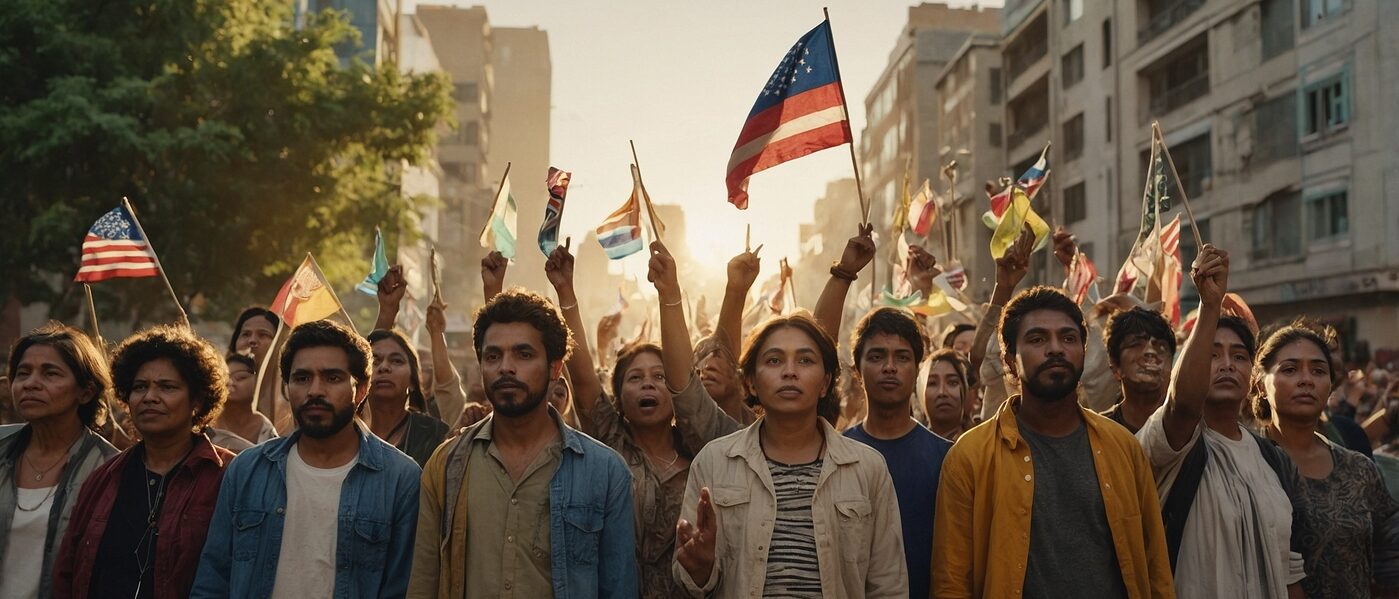
Why the GPA matters
The Book That Changed The World
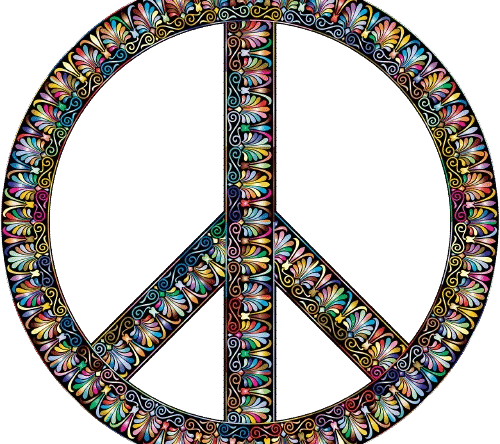
The Unyielding Pursuit of Peace
The global stage is fraught with conflicts that continue to tear at the fabric of societies and destabilize entire regions. …

The Human Cost of War
Prolonged conflicts exact a devastating toll on human lives, societies, and economies. The human cost of these conflicts is not …
Traditional peacekeeping
Traditional peacekeeping efforts, while noble in intention, have often fallen short in addressing such crises effectively. The United Nations, for …

Operation Overlord: A Precedent for Collective Action
Operation Overlord, launched on June 6, 1944, commonly known as D-Day, was the largest amphibious invasion in history. It involved …
A New Era of Peacekeeping: Breaking from the Past
Peacekeeping has always been a reflection of its time. In the immediate aftermath of World War II, the idea of collective security gained prominence, leading to the establishment of the United Nations in 1945. This was a bold step forward, grounded in the belief that sovereign nations could come together to prevent another global catastrophe. For a time, the system worked reasonably well. The early peacekeeping missions in the Middle East and South Asia, like the United Nations Truce Supervision Organization (UNTSO) in 1948 and the United Nations Military Observer Group in India and Pakistan (UNMOGIP), were limited in scope but demonstrated the UN’s potential to stabilize fragile regions.

